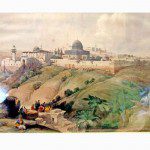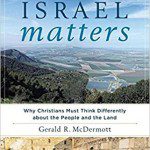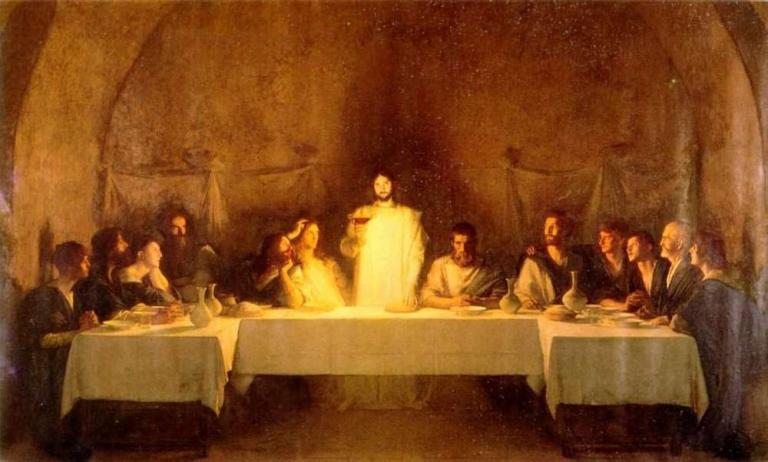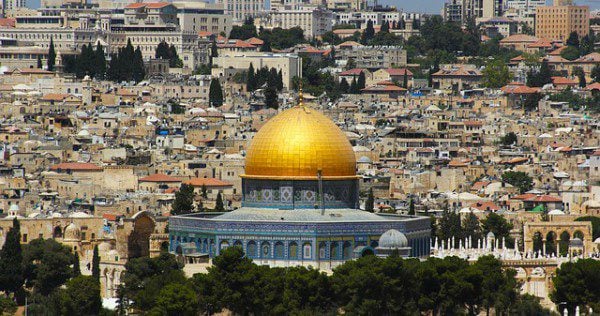An important part of the Palestinian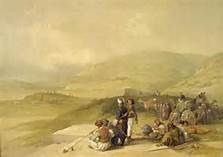
story is the claim that they are the indigenous people of the land of Israel, and that the Jews are recent interlopers. We saw yesterday that the second part of this claim is false. Jews have been on the land and have repeatedly returned to it for three thousand years. Today we shall see that the first part of the claim is also untrue.
As David Brog argues in his new book, Reclaiming Israel’s History, “Even under the most generous definition of nationhood, the Palestinians did not exist as a separate people until some point after 1967” (40). Palestinian historians argue that Palestinian nationalism was born in the 1920s, but they concede that this understanding was limited to a tiny group of urban elites.
For 400 years before World War I Palestine was part of the Ottoman Empire, and the Ottomans never recognized it as a distinct unit. To the extent that it had a geographical identity, it was seen as Southern Syria. During those centuries no group identified themselves as Palestinians. Until the Empire’s waning years no group even thought of themselves as Arabs. Instead, they called themselves Ottoman subjects.
There was an Arab Revolt against the Empire starting in 1916. It was encouraged by the British, facilitated by (the British officer) “Lawrence of Arabia,” in order to secure access to Middle Eastern oil. But according to an observer on the scene, the Muslim population of Palestine “took little or no interest in the Arab national movement.” The Syrian Congress of 1920, with elected delegates from Palestine, Lebanon, and Syria, declared the independence of greater Syria–including Palestine–and crowned Prince Feisal of Mecca as their king.
When Arab nationalists convened the First Palestinian Arab Congress in Jerusalem in 1919, they declared, “We consider Palestine nothing but part of Arab Syria and it has never been separated from it in any stage.” They called for Palestine to “remain undetached from the independent Arab Syrian Government.” The Second Palestinian Arab Congress of 1920 reiterated their demand that Palestine “not be divided from Syria” (47).
Later in 1920 a third Congress agreed to focus on a “Palestinian Arab national movement,” but it took decades before the average Arab resident of Palestine thought of himself as anything other than a Syrian or Jordanian or pan-Arabist.
Even in 1947 after the UN voted to partition Palestine, Arabs in Palestine were willing to fight for their neighborhood or village, but “they were not willing to risk their lives for a nation called ‘Palestine'” (50). Many West Bank Arabs “preferred Transjordan’s King Abdullah to the violent and dictatorial Mufti of Jerusalem, Amin al-Husseini” (50).
Defeat in 1948 convinced some that they were separate from their Syrian cousins. Yet in the 1950s and early 1960s there were few signs of a separate Palestinian identity. After the 1948 armistice, Jordan kept its troops in the West Bank, and many leading families there embraced a new Jordanian identity. When there were elections in 1950 to the Jordanian Parliament, West Bank Arabs flocked to the polls. West Bank candidates won half the seats in the new Parliament, which then voted overwhelmingly in favor of unifying Transjordan and the West Bank under Abdullah’s rule (51-52).
The two most active political leaders of the West Bank in the late 1950s and early 1960s were George Habash and Wadi Haddad, both loyal to Egyptian President Gamal Abdel Nasser and his Arab Nationalist Movement. The Arab League created the Palestine Liberation Organization (PLO) in 1956, and in its first years it was controlled by Nasser.
In other words, before the 1967 War most residents of the West Bank thought of themselves as either Jordanians or pan-Arabs, not Palestinians. It was only after the Arab defeat in 1967 “that people on the streets of Gaza, Ramallah, Nablus, and Hebron stopped seeing themselves as Syrians, Jordanians, or simply Arabs” (54).
Yet even Husseini, the Grand Mufti of Jerusalem, continued to resist Palestinian identity after the 1967 War. He became a Jordanian nationalist and advocated the return of the West Bank to King Hussein of Jordan.
Bottom line: “Yes, Arabic-speaking people have lived in Palestine for centuries. And yes, they were the majority in Palestine when the Jews began their latest wave of return in the late 1800s.” But as Palestinian historian Rashid Khalidi writes, it is “a relatively recent tradition which argues that Palestinian nationalism has deep historical roots. . . . [This] anachronistically read[s] back in to the history of Palestine over the past few centuries and even millennia, a nationalist consciousness and identity that are in fact relatively modern” (Khalidi, Palestinian Identity [Columbia University Press, 1996], 149).

